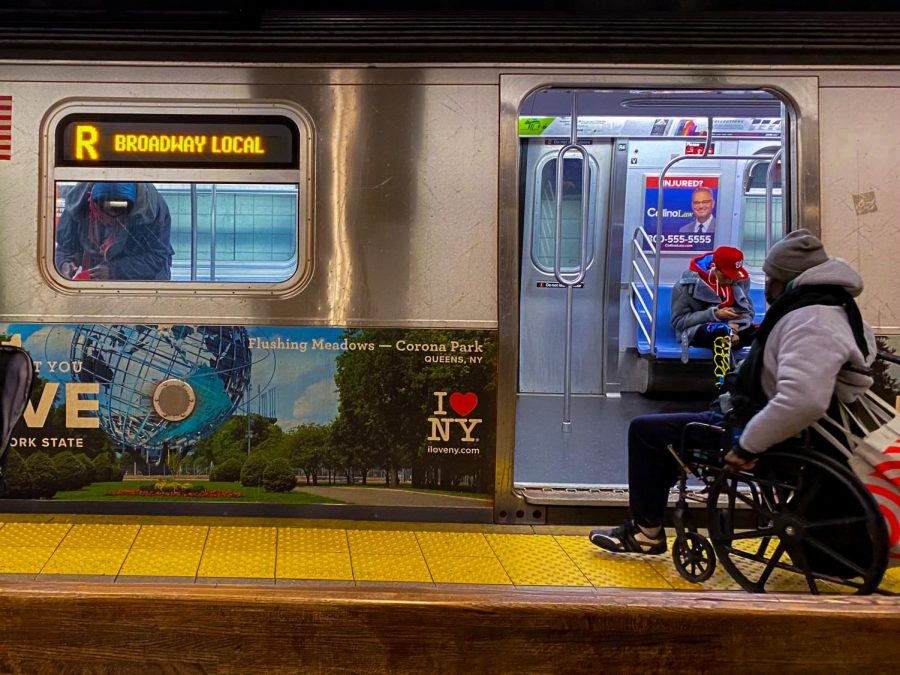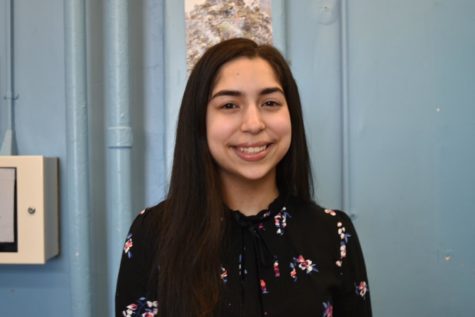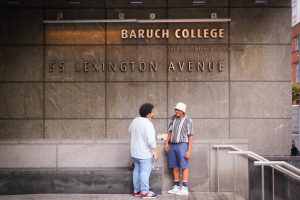Kathryn Garcia’s MTA plan is the most promising among NYC mayoral candidates
March 4, 2021
From the COVID-19 pandemic to deadly attacks, the MTA needs a lot of help. Out of the long list of runners to be named New York City’s mayor in 2021, former New York City Sanitation Commissioner Kathryn Garcia’s MTA plan sounds the most promising thus far.
Throughout her mayoral campaign, Garcia has positioned herself as a doer. Simply put, the kind of mayor that would actually lead New York City during a crisis.
Garcia’s resume definitely gives her more credibility as she’s held several seats in city government and has handled various projects.
“Garcia has served as chief operating officer for the Department of Environmental Protection, the interim chair of the New York City Housing Authority (NYCHA), lead-paint-abatement czar, commissioner of the Department of Sanitation, and covid emergency food czar as mass
unemployment and shuttered schools led to a severe need for free meals throughout the city,” Gotham Gazette reported.
Naming which candidate had the best MTA plan was based on how they proposed they would target important issues the MTA is currently facing — and will probably still be dealing with — once the next mayor is elected.
For starters, it’s a good thing that Garcia is a New Yorker because she knows what the MTA system is really like. She knows it’s in bad shape and she vows to address the issues that every MTA rider experiences.
Garcia said she wants to fully fund the MTA’s Fast Forward program, which was created in 2018 by former New York City Transit President Andy Byford.
According to the program, the plan’s goals for its first five years are to include a modern signal system on five new lines, make more than 50 new train stations accessible, repair work at more than 150 train stations, create over 650 new subway cars, redesign bus routes in all five
boroughs, implement a new fare payment system and build 2,800 new buses.
This program intends to target important issues like signals and older train stations that factor into train delays and accidents.
Importantly, the plan also wants to make more train stations accessible, which is vital in helping New York City’s disabled community travel with ease.
Some of the program’s initiatives have been implemented in the MTA; however, due to the pandemic it was put on hold, The New York Daily News reported.
Garcia also said she wants to better integrate the transit systems.
“When I’m mayor I will work in partnership with the state to make it so that we can have a oneswipe system that works on MetroNorth, the Long Island Railroad, the city buses and the city subway,” Garcia said.
Currently, a lot of money and time is wasted when utilizing more than one of the different transit systems. A one-swipe transportation network is a smart idea that’ll make the traveling experience much smoother.
It must be acknowledged that the MTA is in an economic crisis and the COVID-19 pandemic has led to budget cuts and many workers are facing the consequences.
According to Garcia’s transportation plan, she will, “Invest our public transit dollars wisely to advance equity and serve more New Yorkers: reallocate ferry subsidy toward and expand Fair Fares, and protect MTA Bus Company from service cuts.”
Changing the MTA to be more accessible for those who come from a low-income background would be going forward in supporting those who utilize the MTA to get around.
For MTA workers, gaining protection from losing their jobs is vital, especially during the pandemic when many families are suffering financially.
The needs of the thousands of essential workers that work for the MTA should be considered by the next mayor, and Garcia already has them in mind in her MTA plan.
Garcia’s MTA plan does fall short on addressing subway crime, unlike term-limited Brooklyn Borough President Eric Adams’, who is also running for mayor and has called on a four-point plan to address the crisis.
Adams, alongside Councilman Ydanis Rodriguez, “called an expansion of social services coordinated with NYPD enforcement that takes officers away from clerical tasks and making transit and street police efforts more synchronized,” AMNY reported.
The MTA cannot become a safer place if the crimes and attacks are not addressed and initiatives to stop them are not rolled out.
While Garcia points out great programs and plans for the MTA, how to tackle crime and harassment that occur in subway stations and on city buses must also be considered.
Overall, Garcia brings to the table an MTA plan that keeps each New Yorker in mind for making it better for those that need it most.
“New York City’s public transit has to be safe, has to be clean so that New York City residents will be confident in their ability to get back on the subway,” Garcia said.








